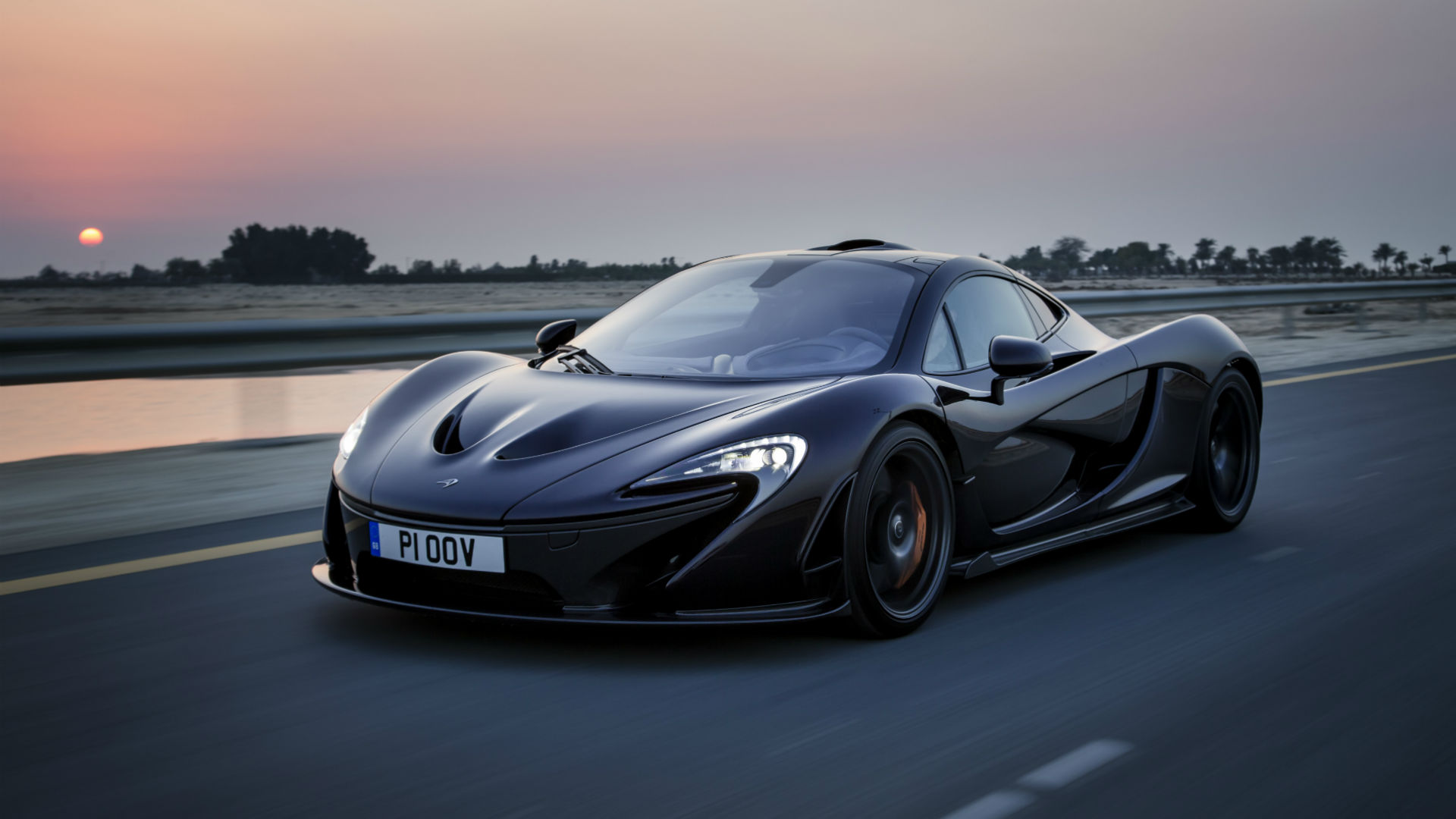

In the pursuit of building more luxurious cars without compromising performance, McLaren recently laid out its “Track25” business plan. The main focus of Track25 is to completely electrify the company’s lineup by 2025. A follow-up to the high-tech P1 is on its way in the form of a hybrid electric vehicle. McLaren CEO Mike Flewitt recently revealed some details about the P1’s successor in an interview with TopGear.com.
“We’ve got a couple of options around powertrains, and I don’t think we’ll be purely EV by then, so logically it will be a hybrid,” Flewitt told Top Gear.
McLaren’s ultimate track toy the Senna just saw its release and the company is looking forward to its next big projects such as the luxury three-seater “Speedtail,” as well as the next-gen P1.
The previous P1, released in 2013, had its own hybrid system. It combined McLaren’s dependable 3.8-liter turbocharged V8 with a torquey electric motor to produce more than 900 horsepower. Impressive numbers, but it’s a safe bet that the next generation hypercar will match, or surpass the P1 in technology and performance.
Flewitt hinted at how the new car may behave on the street and track, telling Top Gear, “If you think back to P1, it was actually a road car. It was good on the track, but we had people say it was a little under-tyred and so on. It was a great road car that was a lot of fun on track.” He added, “The P1 successor won’t compromise road ability – it’ll be a combination of road and track performance, a more universal car.”
Another goal of the Track25 plan is to build cars utilizing more lightweight materials as the automaker goes forward. It’s likely that the new Speedtail and P1 successor will generate technology to be used in McLaren’s cars through 2025 and beyond.
The Drive contacted McLaren and will update the story when we hear back regarding more details about the P1 successor.